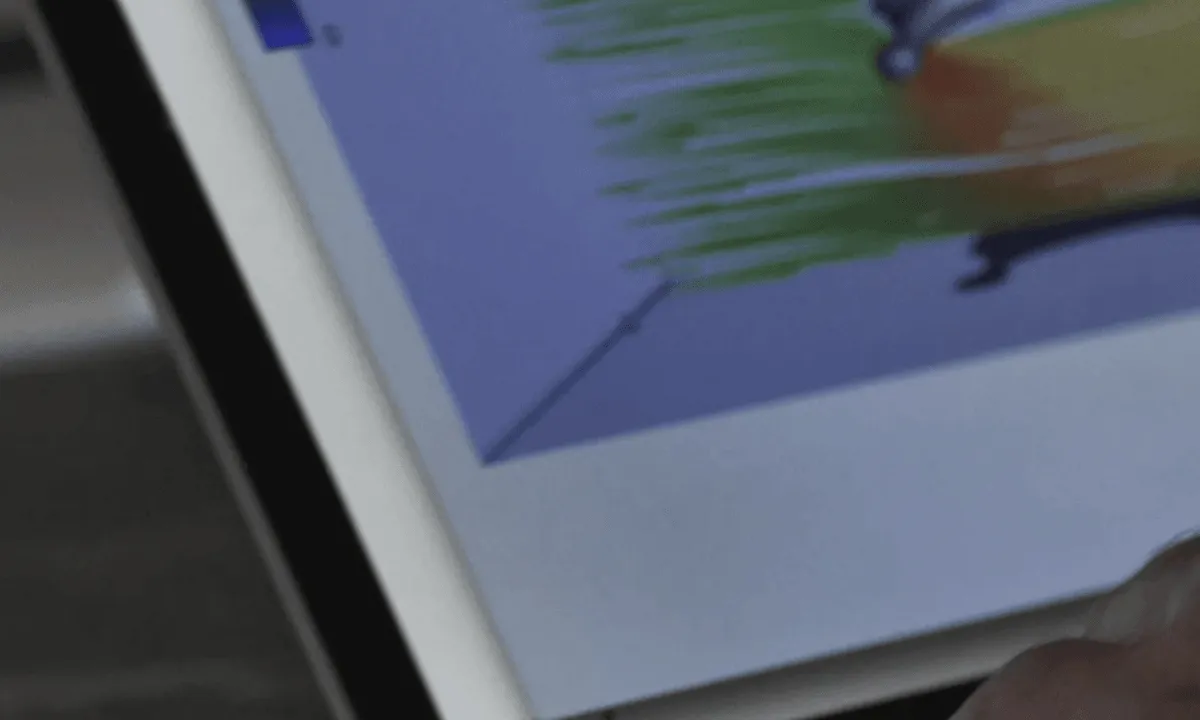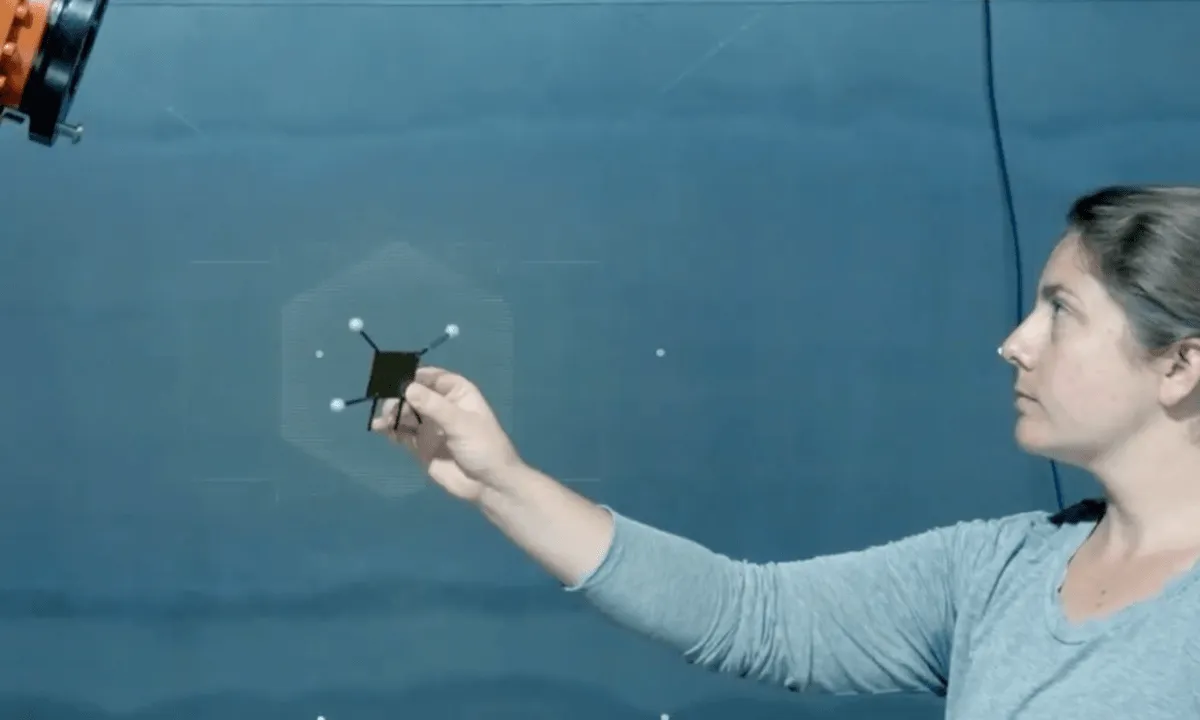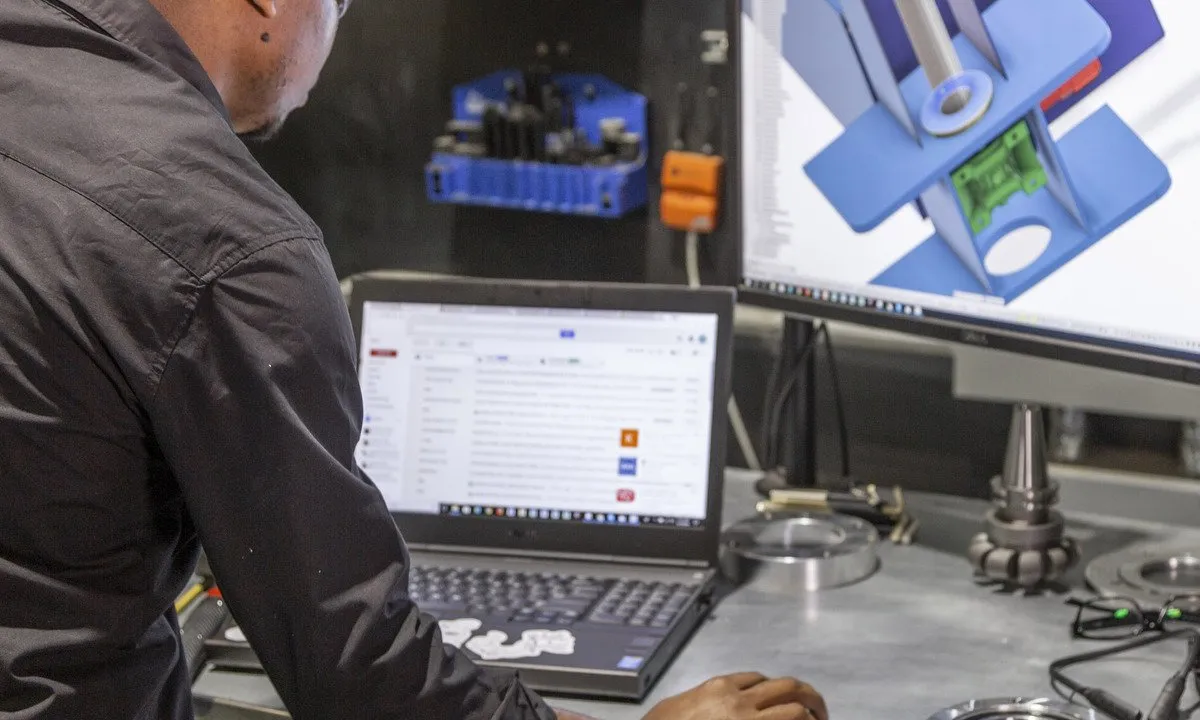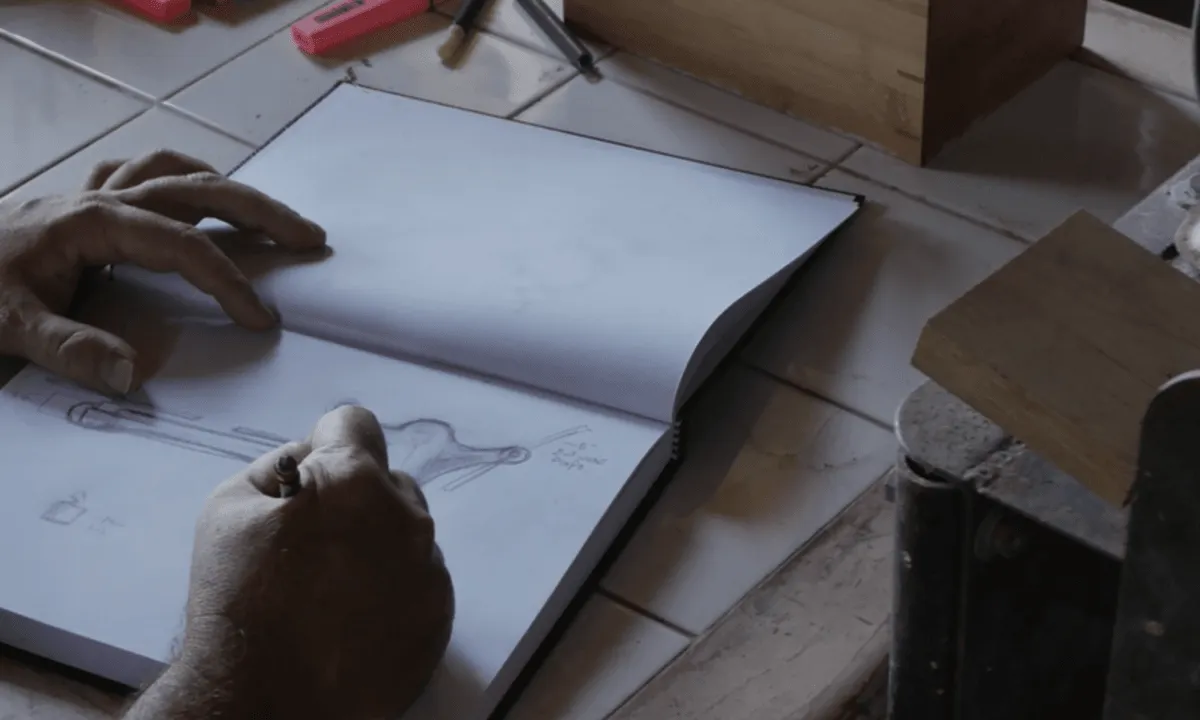
Engineering Design Process with Autodesk Fusion 360 
Get a comprehensive overview of Engineering Design Process with Autodesk Fusion 360 ▼
ADVERTISEMENT
Course Feature
![]() Cost:
Cost:
Free
![]() Provider:
Provider:
Coursera
![]() Certificate:
Certificate:
Paid Certification
![]() Language:
Language:
English
![]() Start Date:
Start Date:
17th Jul, 2023
Course Overview
❗The content presented here is sourced directly from Coursera platform. For comprehensive course details, including enrollment information, simply click on the 'Go to class' link on our website.
Updated in [March 06th, 2023]
This course provides a comprehensive overview of the engineering design process with Autodesk Fusion 360. Learners will gain an understanding of the trends that are influencing the design industry, and develop the skills to use more advanced CAD and simulation tools. Through exploration and iteration, learners will be able to test and improve design components and performance, and come closer to a final design. With the help of Fusion 360 tutorials and training, learners will be able to create 3D models, use engineering design tools, and gain a deeper knowledge of Autodesk Fusion 360. This course is ideal for those looking to gain Autodesk Fusion 360 certification.
[Applications]
Upon completion of this course, learners will be able to apply the engineering design process and workflow in Autodesk Fusion 360 to their own projects. They will be able to use the advanced CAD and simulation skills they have learned to test and improve design components and performance. Learners can also take advantage of additional learning resources to help them uplevel their skills and prepare for Autodesk Fusion 360 certification.
[Career Paths]
1. Mechanical Engineer: Mechanical engineers use Autodesk Fusion 360 to design and develop mechanical systems, components, and products. They use the software to create 3D models, analyze performance, and simulate the behavior of mechanical systems. This job is in high demand due to the increasing complexity of mechanical systems and the need for more efficient and cost-effective solutions.
2. Design Engineer: Design engineers use Autodesk Fusion 360 to create and develop innovative products and components. They use the software to create 3D models, analyze performance, and simulate the behavior of products. This job is in high demand due to the increasing complexity of products and the need for more efficient and cost-effective solutions.
3. Manufacturing Engineer: Manufacturing engineers use Autodesk Fusion 360 to design and develop manufacturing processes and systems. They use the software to create 3D models, analyze performance, and simulate the behavior of manufacturing systems. This job is in high demand due to the increasing complexity of manufacturing processes and the need for more efficient and cost-effective solutions.
4. Simulation Engineer: Simulation engineers use Autodesk Fusion 360 to create and develop simulations of mechanical systems and products. They use the software to create 3D models, analyze performance, and simulate the behavior of mechanical systems. This job is in high demand due to the increasing complexity of mechanical systems and the need for more accurate and reliable simulations.
[Education Paths]
1. Mechanical Engineering: Mechanical engineering is a field of engineering that focuses on the design, development, and production of machines and mechanical systems. It is one of the oldest and broadest engineering disciplines, and it is a rapidly growing field due to the increasing demand for automation and robotics. Mechanical engineers are in high demand in the automotive, aerospace, and manufacturing industries, and they are also involved in the development of medical devices, energy systems, and consumer products. The development of new technologies such as 3D printing and additive manufacturing is also driving the growth of mechanical engineering.
2. Industrial Design: Industrial design is a field of engineering that focuses on the design and development of products and services. Industrial designers use their knowledge of materials, manufacturing processes, and design principles to create products that are both aesthetically pleasing and functional. Industrial designers are in high demand in the automotive, consumer electronics, and medical device industries, and they are also involved in the development of furniture, toys, and other consumer products. The development of new technologies such as virtual reality and augmented reality is also driving the growth of industrial design.
3. Computer-Aided Design (CAD): Computer-aided design (CAD) is a field of engineering that focuses on the use of computer software to create and modify designs. CAD is used in a variety of industries, including automotive, aerospace, and manufacturing. CAD is used to create detailed drawings and models of products, and it is also used to simulate and analyze product performance. The development of new technologies such as 3D printing and additive manufacturing is also driving the growth of CAD.
4. Robotics: Robotics is a field of engineering that focuses on the design, development, and operation of robots. Robotics is used in a variety of industries, including automotive, aerospace, and manufacturing. Robotics is used to automate processes and tasks, and it is also used to develop autonomous systems. The development of new technologies such as artificial intelligence and machine learning is also driving the growth of robotics.
Course Syllabus
Design Optimization
Just because a design looks complete, doesn’t mean that it’s done. Often times you will go through dozens of revisions before achieving the final result. We'll explore ways to optimize the strength and reduce the weight of our quadcopter design, and we'll pull from experience to help guide design decisions.Design Validation
Even with today's rapid manufacturing processes, there is still a cost associated. Regardless if you have access to a 3D printer, making informed design decisions is critical to the success of any product. In this week's lessons, we'll explore static simulation to identify weak areas of our design so they can be addressed before production.Assembly Motion
Replicating real world motion is important to understanding physical constraints of any product. A quadcopter has spinning propellers, and in our case, a tilting camera. This is relatively simple mechanically speaking, but making sure they never touch is key to keeping it up in the air.Camera Gimbal Design Integration
The overall scope of this project requires a live feed camera that can be adjusted by a person on the ground. Our project will use a single servo to allow the camera to tilt as needed but will require a servo mount on the body to function properly.Pros & Cons

Good content and managed to develop intermediate skills in Fusion 360.

Worth taking this course if you are interested in Engineering Design.

Good understanding of quadcopter and structure thinkings.

Discussion forum becomes inactive after the week.

Repetitive topics from previous courses.

Assignment evaluation not taken seriously.

Time consuming searching for components.
Course Provider

Provider Coursera's Stats at AZClass
Discussion and Reviews
0.0 (Based on 0 reviews)
Explore Similar Online Courses

Grant Writing and Crowdfunding for Public Libraries

Python from Beginner to Intermediate in 30 min

Python for Informatics: Exploring Information

Social Network Analysis

Introduction to Systematic Review and Meta-Analysis

The Analytics Edge

DCO042 - Python For Informatics

Causal Diagrams: Draw Your Assumptions Before Your Conclusions

Whole genome sequencing of bacterial genomes - tools and applications

Intro to Digital Manufacturing with Autodesk Fusion 360

CAM and Design Manufacturing for Mechanical Engineers with Autodesk Fusion 360

3D Model Creation with Autodesk Fusion 360
 Related Categories
Related Categories
 Popular Providers
Popular Providers
Quiz
 Submitted Sucessfully
Submitted Sucessfully
1. What is the main purpose of this course?
2. What will you be able to do after completing this course?
3. Where can you find additional learning resources to help you uplevel your skills?


Start your review of Engineering Design Process with Autodesk Fusion 360